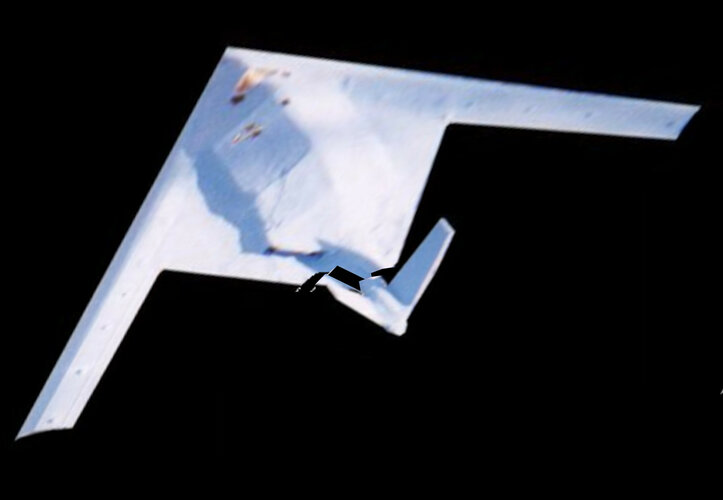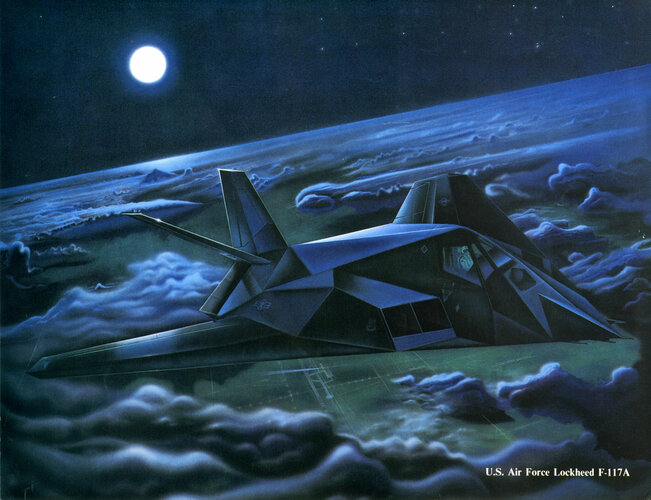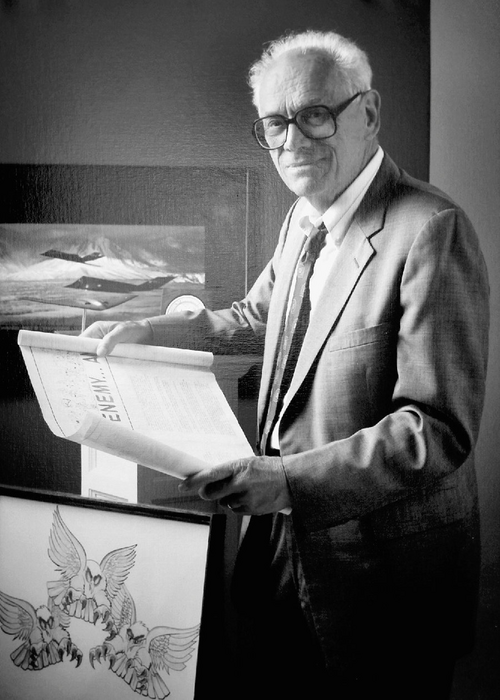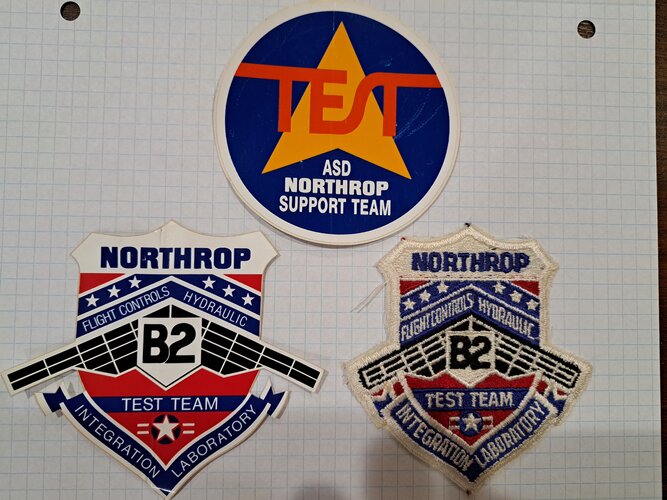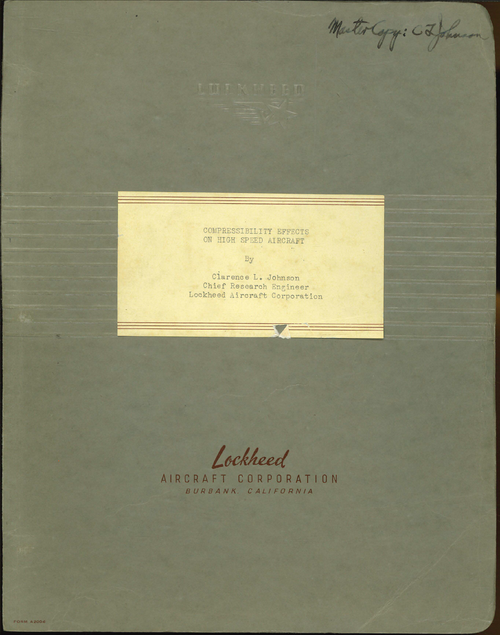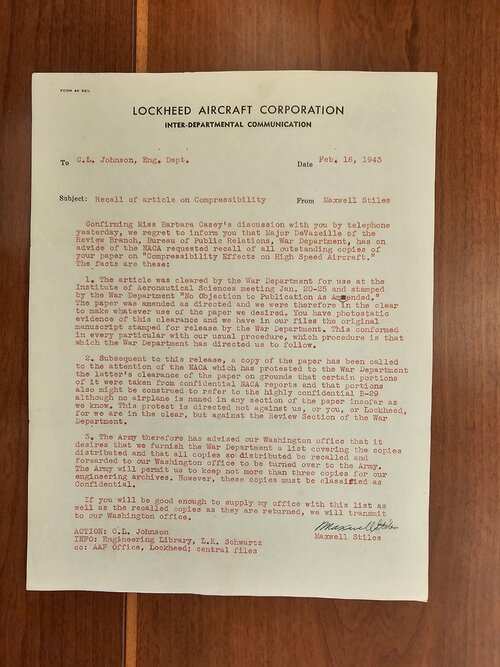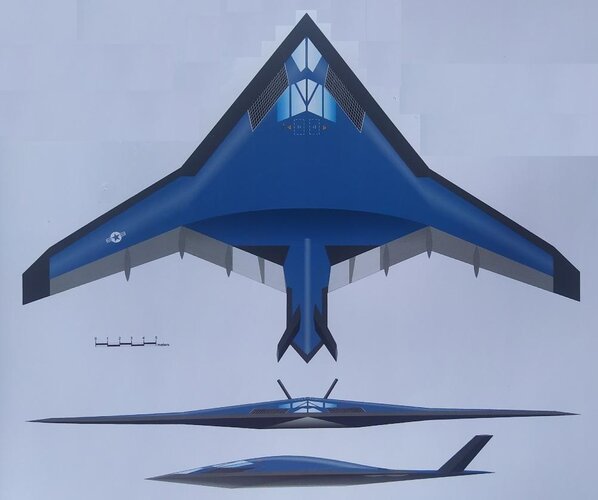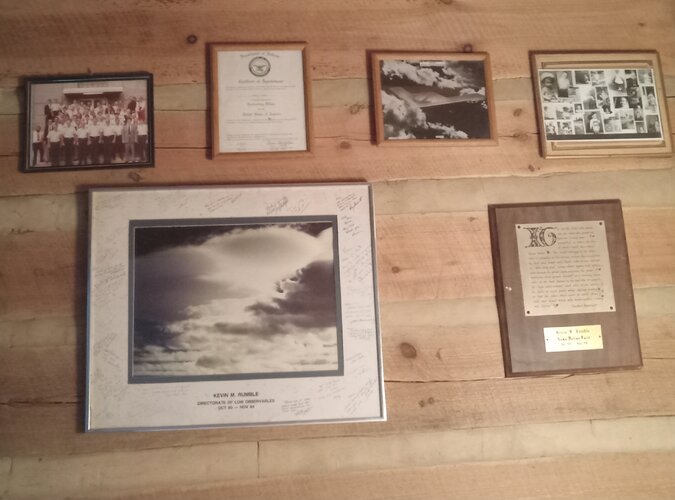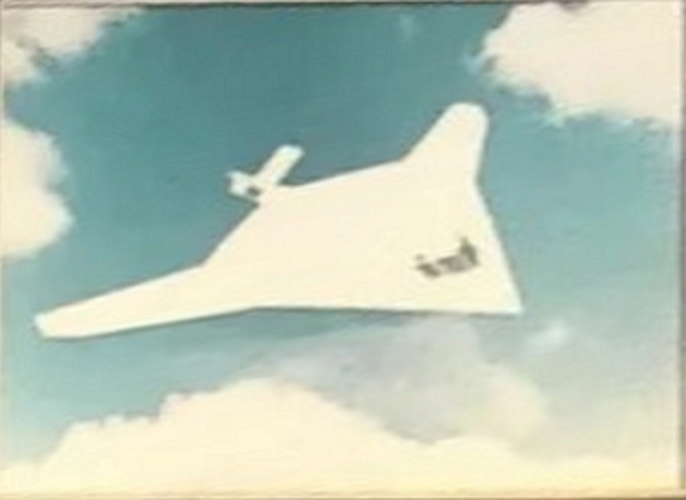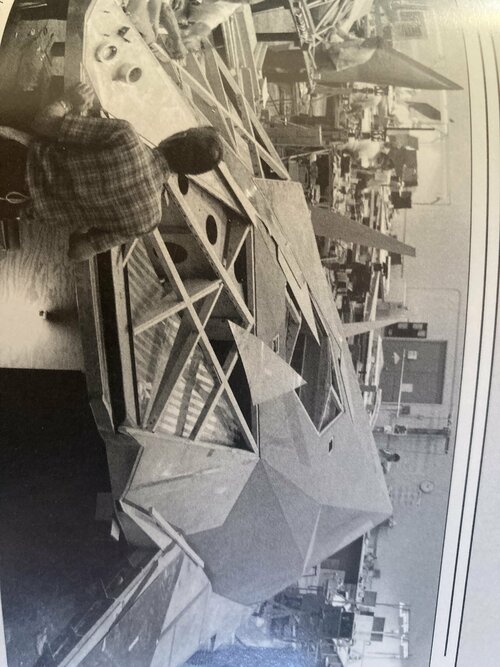I have yet to see any evidence that the SENIOR PROM and SENIOR PEG images that have been making the rounds all these years are actually classified. Perhaps Lockheed Martin considers them proprietary. I don't know. Much, if not all of the HAVE BLUE material was declassified on December 31, 1990, and perhaps the SENIOR PROM stuff was, too. Ben Rich apparently gave some photos to Jim Goodall in the early to mid 1990s.
After Rich died in 1995, his family donated his papers and photos to the Huntington Library in San Marino, California. Apparently, everything had to be examined by Air Force Office of Special Investigations/Special Projects (AFOSI/PJ) so anything sensitive could be removed before the collection was made available to the public. Eventually, the Los Angeles Times announced that the collection finally available to researchers. As it stands now, the Ben Rich Collection at the Huntington contains a substantial amount of SENIOR PROM material.
The February 14, 2005, issue of Aviation Week & Space Technology magazine ran an article that included a few SENIOR PROM photos and at least one image tentatively identified as SENIOR PEG (or at least as an ATB model). The following year, Air Force historian Yancey Mailes and NASA photographer Tony Landis published F-117A Stealth Fighter Photo Scrapbook (Specialty Press, 2006), which included some of the SENIOR PROM images and a photo of the SENIOR PEG pole model. That book has recently been republished (Detail & Scale Aviation Publications, 2023). As noted above, these SENIOR PROM and SENIOR PEG images have been published numerous times over the past two decades in various magazines, books, and web sites without any repercussions from the government.
As someone posted above, Jim Goodall planned to use some of the photos in his latest book, 75 Years of the Lockheed Martin Skunk Works, but was told if he did so his book would not be carried in the Skunk Works employee store in Palmdale or other LM venues. He may have been threatened with the withdrawal of other LMSW support for his project, as well.

